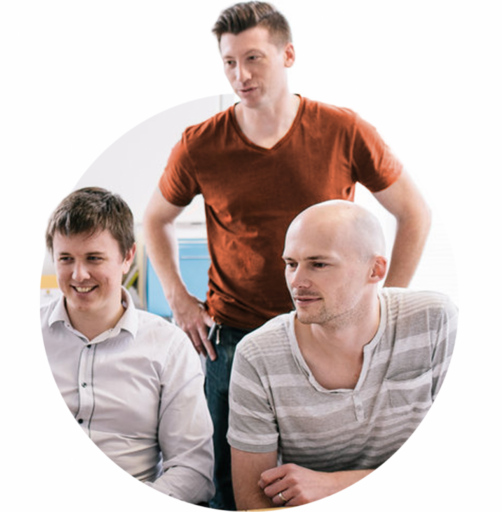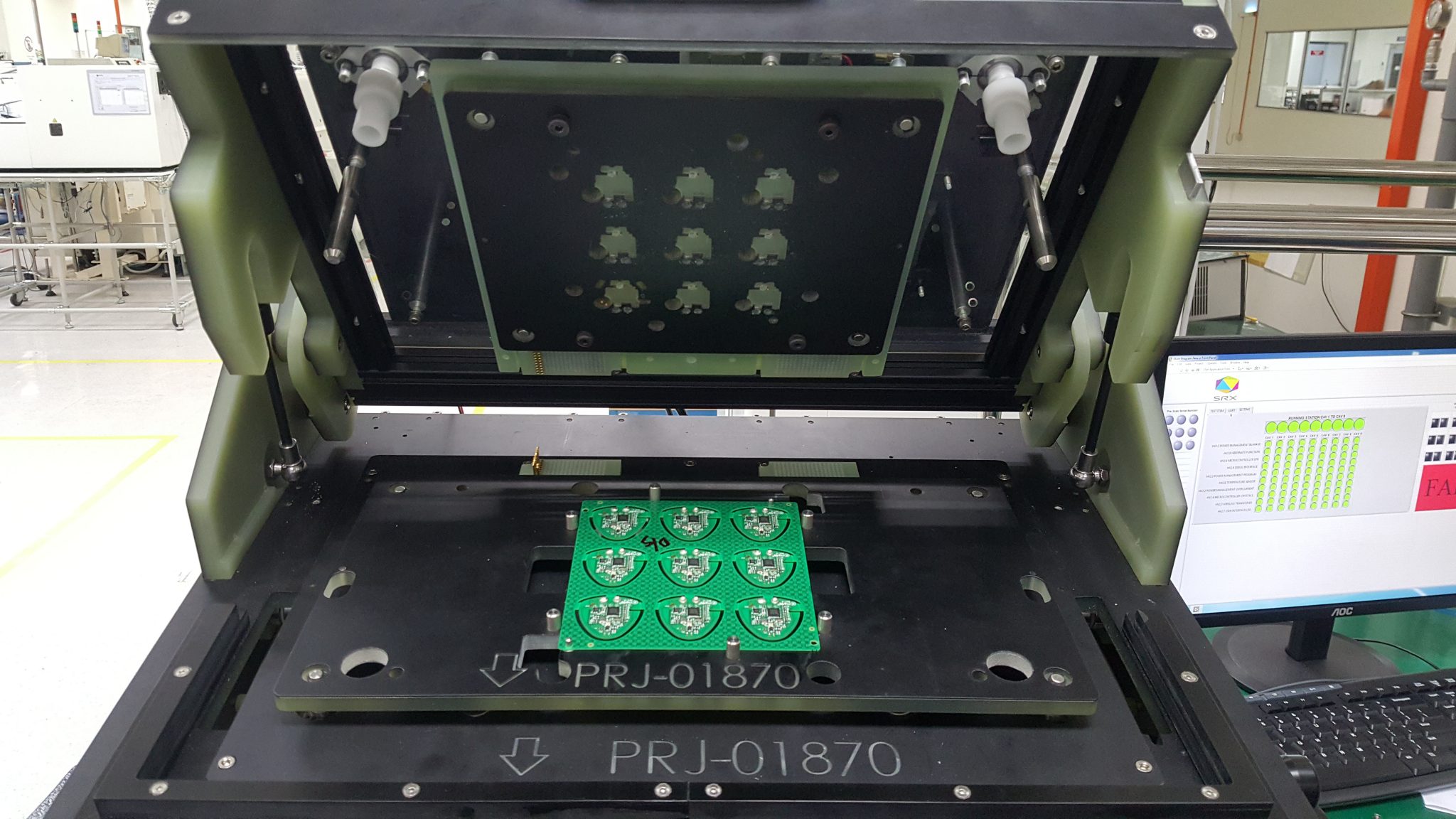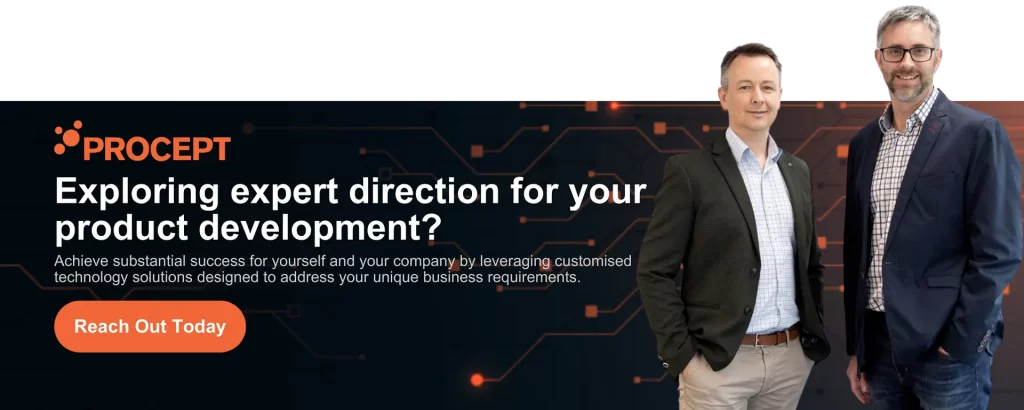
The 3 Types of Product Development Sourcing

There Are 3 Types of Product Development Sourcing
We’ve written before about the various ways you can approach the question of funding your product development. But we haven’t touched on the specific options you have available to you when it comes to launching your product development. It’s an important conversation to have early in the process, as it will inform almost every aspect of your product journey.
We want to take a moment to set out for you the three main product development pathways. We’ll be touching on:
- Insourced Product Development. The product development mode that sees you building internal capabilities and essentially ‘doing it yourself’.
- Off the Shelf Product Development. In effect, finding existing products and solutions, and working to repurpose them to your needs.
- Outsourced Product Development. Enlisting the assistance of external resources and teams to facilitate aspects of your product development.
We’ll be looking at the strengths and weaknesses of each mode of product development. Just keep in mind that the best answer may be a combination of more than one of these models. First – let’s take a look at how you might start to frame up the conversations that will inform your choice of product development pathway.
What Factors Ought to Inform Your Choice of Product Development Pathway?
Every business, every product idea and every prospective market will have its own unique body of demands. Every aspect of your product journey is a piece in a larger puzzle. But while the natural inclination is to treat them as their own component aspects of a larger whole, it’s important you do the work to see that bigger picture first.
Ask yourself – what is your core business? How much control do you need over each step of the process of delivering your product to market? What are the key features of your prospective product offering that differentiate you from the competition and which of these really require complete and direct control to fully deliver? Each of these questions will feel big and unwieldy – but they will be key to understanding the best path forward for you in your product development journey.
By having this conversation early in the process, you’ll be setting yourself up for success in dealing with questions of funding, personnel, time to market, and everything else that goes with a successful product development effort. To get a look at the sorts of inquiries that inform these conversations, we encourage you to look to part one of our series on How to Build a Hardware Product and Business.
1. Insourced Product Development – Doing it Yourself
The first product development pathway is insourcing – the process of building internal capabilities and ‘doing it yourself’. This is a popular methodology for businesses that want complete control over their product development, and the intellectual property that informs its design. Some of the key strengths of this method are:
- Ensures complete control over the product development process.
- Full and unambiguous ownership of the relevant intellectual property.
- Maximal flexibility – limited only by budgetary constraints.
Key examples of this product development pathway are large businesses such as Apple and SpaceX. Companies whose point of difference largely comes down to the complete control they exert over the development and design of their products.
This pathway is not without its drawbacks though – consider that:
- There’s a huge upfront and ongoing cost associated with building the team you need to do in-depth product development work.
- You’re much more exposed to the risks that come with forgoing regular check-ins from an outside perspective.
- Unless you have an ongoing pipeline of product development, capacity needs are unlikely to be consistent over time, leading to inefficient use of resources.
There are businesses that require this level of freedom to engage in an ongoing process of product development and refinement over many at-market iterations. But consider that you may be seeking to answer a singular problem in a relatively final way. And being successful in that project might mean that the team and resources you’ve built have effectively served their purpose – and become an expense you may not have the work available to sustain.
2. Off the Shelf Product Development
Identifying a need and finding a way to solve that problem is fundamental to any successful product development process. We made a brief mention of two companies that have addressed their market with an entirely novel product offering – but what if new and entirely unique isn’t what’s required? There are a plethora of gaps in any market that can be answered with some creative edits to an existing product. And by this we mean sourcing at least a large part of the solution you’re developing from elsewhere – doing what you can to tweak and adapt that product to a new purpose.
By way of example, a client of ours has had considerable success utilizing this product development methodology. They were seeking to develop a secure access product that would make it possible for select people to access a site. Part of that solution was the use of a key fob – and various suppliers from China were already producing a viable base product to work from to this end. The company decided on a Bluetooth key fob that could be sourced in a matter of weeks and loaded up with firmware developed in-house.
The key strength of this approach is in the time to market. With so much of the work already completed – you simply don’t need to take as many developmental steps to generate a viable answer to the problem you’re trying to solve. But there are drawbacks here as well. Should the solution you’re developing have particular standards that are hard to test or substantiate before making a commitment. You could run into challenges of quality or viability before your product gets off the ground – you simply don’t always know what you’re buying
3. Outsourcing your Product Development
The third product development pathway is to outsource aspects of the process. Playing to the strengths you already have as an organisation and leaning on the experience and expertise of an external team to facilitate other aspects of your product development journey.
This product development pathway constitutes what we feel to be the middle route. It presents the opportunity to work collaboratively with a team that has an in-depth understanding of the product design journey. And can assist you in navigating your way around both the common and unique pitfalls of taking a product from concept to market – without the expense or commitment of developing all these capabilities in-house.
By way of example, one client, Hollywog LLC, approached us with the concept for WiTouch, a device designed to alleviate the symptoms of lower back pain. For the client, developing the software was a non-issue, their company could execute effectively on this front without a great deal of external support. But on developing the hardware, the unique requirements of their product vision meant that they were keen to reach out to us for guidance.
Our organisation, in partnership with Katapult Design, saw to the design and development of this hardware and ensured that the client organisation found a reliable manufacturing resource. Our experience in the field of medical technology saw Hollywog develop a product that has made it to 22 countries worldwide, helping over 100,000 people with lower back pain address their symptoms.
Work with Procept
Working with the team here at Procept is a pathway that affords organisations of all shapes and sizes the support of an experienced and expert team of product developers. We provide an end to end service in product development, providing a basis for your ideas and strengths to find their way to a successful realisation of your product vision.
We pride ourselves on being the team to turn to for a complete answer – from initial concept sketches through to manufacturing and ongoing support, we’re here to help you make it happen. Whether you’re just setting out, or you’re many phases in and looking for support in making the next steps, don’t hesitate to get in touch.

Hi, we’re the award-winning engineering team at Procept.
We live and breath product development. Since 2006, our vision has been to make a positive difference through the application of the latest technologies to solve real-world problems and improve people’s lives.
Learn more about our product development services, engineering services, or joining our engineering team. To work with us on your next product development project, contact our team.
Let’s innovate!










